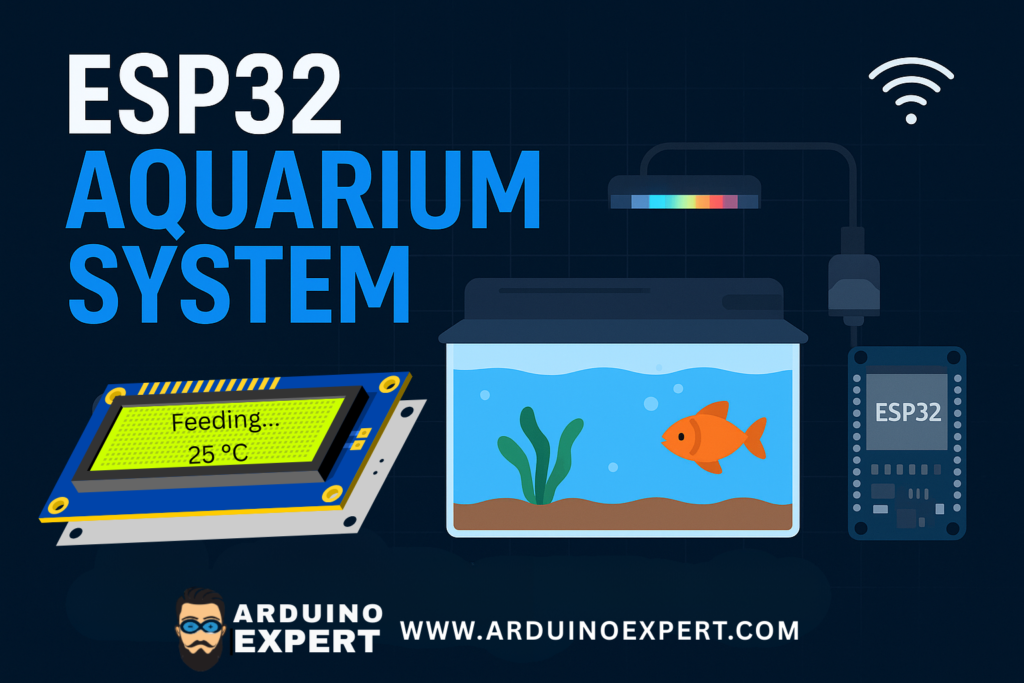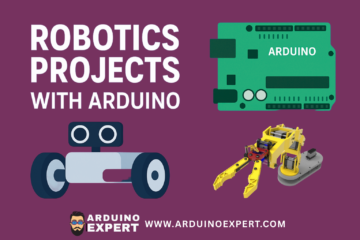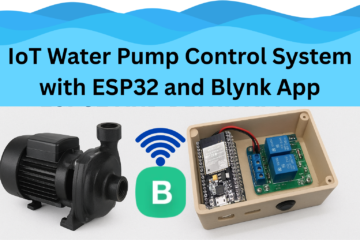Managing an aquarium requires constant care—monitoring temperature, controlling water circulation, and ensuring proper lighting for both the fish and plants. With the power of the ESP32 Aquarium system, you can automate these essential functions and create a healthier, smarter, and visually stunning aquatic environment.
In this blog, we’ll explore how to design a complete ESP32-based aquarium automation system, its required components, and how the Arduino programming language makes the project simple and customizable for beginners and professionals alike.

Why Choose ESP32 for Your Aquarium Project?
The ESP32 is a powerful microcontroller with built-in Wi-Fi and Bluetooth connectivity, making it ideal for IoT-based projects. Unlike traditional aquarium systems that require manual switches and timers, the ESP32 lets you control pumps, lights, and heaters directly from a smartphone or web dashboard.
With its support for the Arduino programming language, developers can quickly write and customize code to meet specific aquarium needs such as temperature control, lighting schedules, or even feeding automation.
Core Features of the ESP32 Aquarium System
By integrating different electronic components with the ESP32, you can create a fully automated and customizable aquarium system. Here’s what it can do:
- Automatic Water Circulation
- Using a submersible water pump controlled by a MOSFET driver module (IRF520 or similar), the system ensures oxygen-rich water and effective filtration.
- Temperature Monitoring & Control
- A DS18B20 waterproof temperature sensor continuously monitors water temperature.
- The aquarium heater automatically turns on or off based on pre-set thresholds.
- Smart Lighting System
- RGB LED light strips or bulbs simulate natural day/night cycles, including sunrise, sunset, or mood lighting.
- Lighting schedules can be stored and managed using a Real-Time Clock (RTC) module.
- Feeding & Mechanical Control
- A servo motor can be programmed to dispense food at scheduled times, reducing manual effort.
- Data Display & Manual Control
- An LCD with I2C interface displays real-time data such as temperature, light settings, and time.
- Buttons allow users to manually adjust settings like feeding times, heater activation, or lighting schedules.
- Wi-Fi Connectivity & Remote Access
- Thanks to the ESP32’s built-in Wi-Fi, users can monitor and control the aquarium remotely via a smartphone app or web interface.
Components Required for the ESP32 Aquarium System
Here’s a list of hardware you’ll need for building your smart aquarium:
- ESP32 Wi-Fi Microcontroller – Core controller of the system
- MOSFET Driver Modules (IRF520 or similar) – To control pumps, lights, and heaters
- Submersible Water Pump – Circulates water for oxygen and filtration
- Aquarium Heater – Keeps the water at optimal temperature
- RGB LED Light Strips / Bulbs – For lighting and aesthetics
- Servo Motor – For automated feeding
- DS18B20 Waterproof Temperature Sensor (Optional) – For accurate temperature readings
- RTC Module (Optional) – For accurate time-based scheduling
- 5V Power Supply / Adapter – To power the system
- LCD with I2C – To display readings and settings
- Buttons – To manually set time, feeding schedules, etc.
How Arduino Programming Language Powers This Project
The Arduino programming language makes it easy to control all of these components with simple functions and libraries.
For example:
- Using the OneWire and DallasTemperature libraries for the DS18B20 sensor.
- Servo.h library to control the feeding servo motor.
- LiquidCrystal_I2C library to display data on the LCD.
- WiFi.h and WebServer.h libraries to enable remote control.
This flexibility allows you to extend the ESP32 Aquarium system as per your needs—such as adding pH monitoring, TDS sensors, or cloud integration for remote alerts.
Advantages of an ESP32 Aquarium System
- Low-cost automation compared to commercial aquarium controllers
- Fully customizable with additional sensors and features
- Remote control via smartphone or PC
- Energy-efficient operations using scheduled controls
- Easy coding and expansion with the Arduino ecosystem
IoT based ESP32 Aquarium System
Click here to check our Project of IoT based ESP32 Aquarium System. Contact us on WhatsApp for More information.
Conclusion
Building an ESP32 Aquarium system is not only an exciting DIY electronics project but also a practical solution for maintaining a healthy and beautiful aquarium. With the combination of the ESP32 microcontroller and the Arduino programming language, you can bring automation, intelligence, and reliability to your fish tank.
Whether you are a hobbyist, student, or developer, this project will enhance both your technical skills and your aquarium experience.



